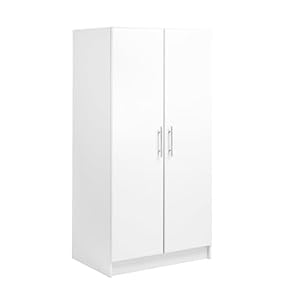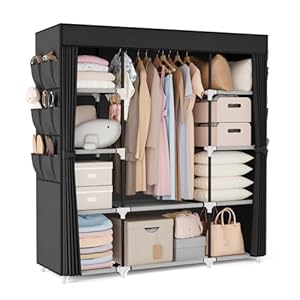
When designing a minimalist layout, the way you incorporate furniture can significantly impact the overall feel of the space. By carefully selecting pieces that serve multiple functions and opting for clean, streamlined designs, you set the foundation for a harmonious and clutter-free environment. But there’s more to it than just choosing the right furniture. Consider how strategic placement and thoughtful curation can elevate the minimalist aesthetic of your space. Let’s explore how these elements work together to create a truly cohesive and inviting minimalist design that goes beyond mere simplicity.
Choosing the Right Furniture Pieces
When selecting furniture for a minimalist layout, prioritize pieces that serve multiple functions to maximize space efficiency. Opt for a sofa that can also be used as a guest bed or has hidden storage compartments. Coffee tables with additional shelving or drawers can help declutter the living area while serving as a functional piece. Look for ottomans that offer storage space inside or can be used as extra seating when needed. Multi-functional furniture not only saves space but also adds versatility to your minimalist design.
Consider investing in a dining table that can be extended for hosting guests but can also serve as a workspace during the day. Folding chairs can be easily tucked away when not in use, freeing up valuable floor space. For the bedroom, choose a bed frame with built-in drawers for clothing storage or a headboard with shelving for books and decor. By selecting furniture pieces that offer more than one purpose, you can achieve a minimalist layout that’s both stylish and practical.
Maximizing Space Efficiency
To maximize space efficiency in your minimalist layout, strategically place furniture to create an open and uncluttered environment. Start by selecting furniture pieces that serve a purpose without overwhelming the space. Opt for sleek and streamlined designs that offer functionality while maintaining a sense of airiness. Consider the scale of each piece to ensure it fits well within the room without dominating the visual landscape.
Embrace furniture that provides storage solutions, such as ottomans with hidden compartments or coffee tables with built-in shelving. By incorporating these dual-purpose pieces, you can minimize the need for additional storage units, keeping the space free from unnecessary clutter.
Arrange furniture in a way that promotes flow and movement throughout the room. Leave ample space between pieces to allow for easy navigation and a sense of openness. Avoid overcrowding the area with too many items, as this can make the space feel cramped and claustrophobic. By strategically placing furniture with efficiency in mind, you can create a minimalist layout that feels both spacious and inviting.
Embracing Multifunctional Designs
Consider incorporating furniture pieces that serve multiple purposes to enhance the functionality of your minimalist layout. Opt for a sofa bed that can be used for seating during the day and easily transformed into a bed for guests at night. This dual functionality not only saves space but also adds versatility to your living area.
Another option is a coffee table with built-in storage, providing a stylish solution to keep your space clutter-free. Look for nesting tables that can be used as a single unit or separated to serve different areas of your room when needed.
Additionally, consider a wall-mounted desk that can fold down when not in use, maximizing floor space in a compact home office setup. By embracing multifunctional designs, you can streamline your furniture selection while ensuring that each piece serves a practical purpose in your minimalist layout.
Incorporating Furniture Thoughtfully
To enhance the thoughtful incorporation of furniture into your minimalist layout, assess each piece’s functionality and visual impact in relation to the overall design aesthetic. Start by choosing furniture pieces that serve multiple purposes, such as a storage ottoman that can also act as a coffee table. Opt for clean lines and simple designs to maintain the minimalist feel. Consider the scale of each piece to ensure it fits well within the space without overwhelming it.
When arranging furniture, create a sense of balance by distributing pieces evenly throughout the room. Leave negative space to prevent the area from feeling cluttered. Select furniture with neutral colors or stick to a monochromatic palette to promote a cohesive look. Incorporate natural materials like wood or stone to add warmth and texture to the space.
Remember that less is more in a minimalist layout, so avoid overcrowding the room with unnecessary furniture. Each piece should have a purpose and contribute to the overall functionality and aesthetic of the space. By approaching furniture selection thoughtfully, you can create a minimalist layout that’s both visually appealing and practical.
Trending Products














